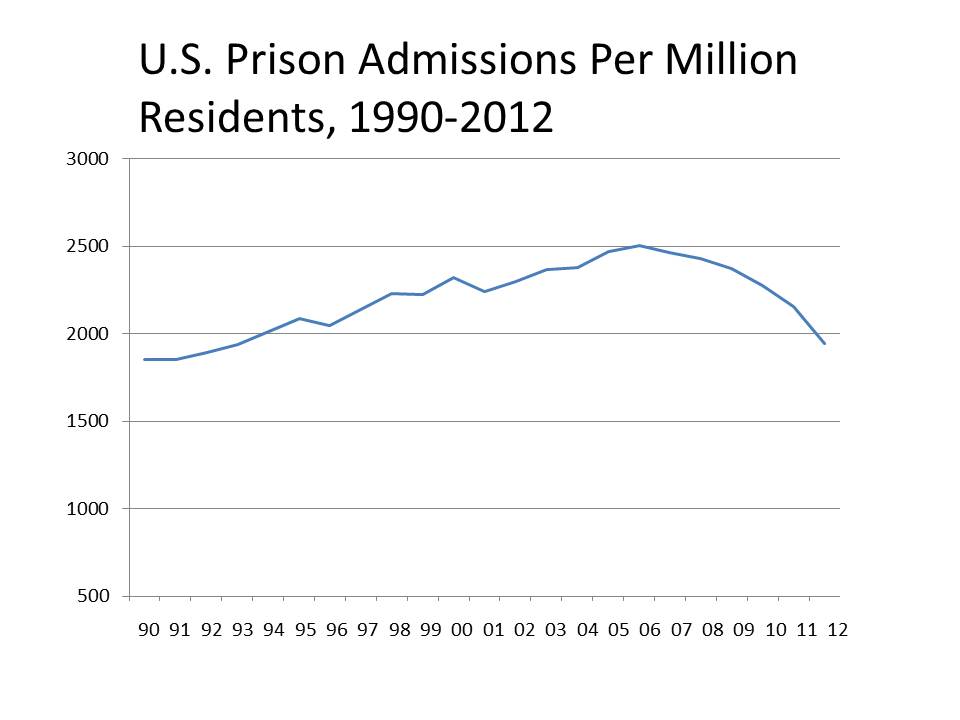Since when seconds count the police are minutes away, a brave and self-reliant West Virginia homeowner engaged in the sort of defensive gun use that proves the value of an armed citizenry. Seeing two strangers breaking into his shed, he acted like a real American and blew the perps away with a scoped rifle. (Remember, the best form of gun control is a steady aim.) He then called the police to report his heroic deed.
Alas for Rodney Bruce Black (and the two DOAs) he was - like Rick when he went to Casablanca to take the waters - misinformed. The shed was not, in fact, on Black’s property, but on the property the two dead men had just purchased. So now we have two corpses and one man in jail for murder.
Three queries for lawyers:
1) To what extent does the right to use deadly force to defend one’s home extend to out-buildings?
2) Am I correct in thinking that, for a householder dealing with an intruder, there is no legal obligation to make a verbal challenge before shooting?
3) Mistake of law is, of course, no defense. But mistake of fact is. Assuming what appears to be true - that Black had a good-faith, though mistaken, belief that he was defending his property - can he offer that as a defense and try to get what looks as if it will be a second-degree murder charge (though the news story reports that the arrest charge was first-degree, which doesn’t seem right in the absence of premeditation) broken down to manslaughter?
